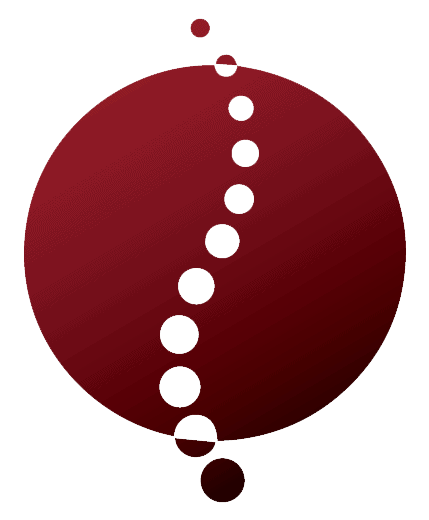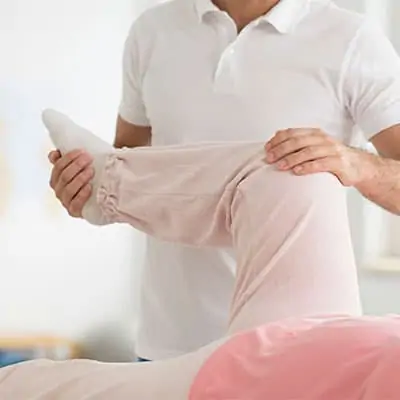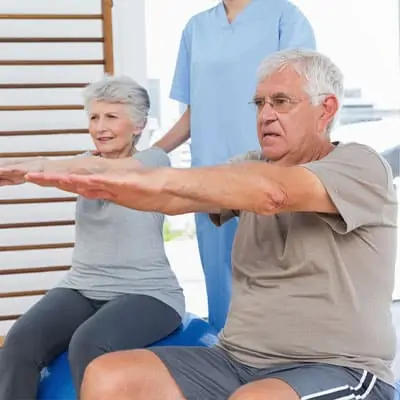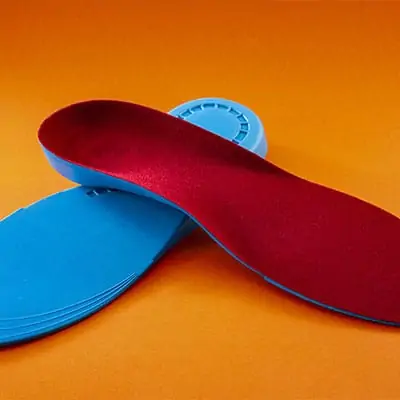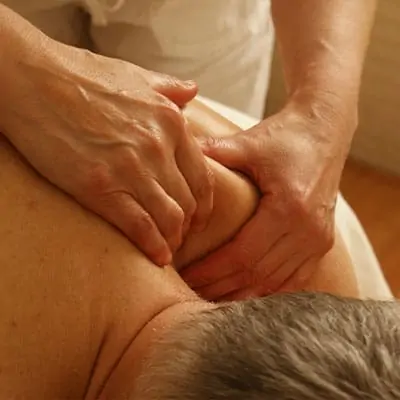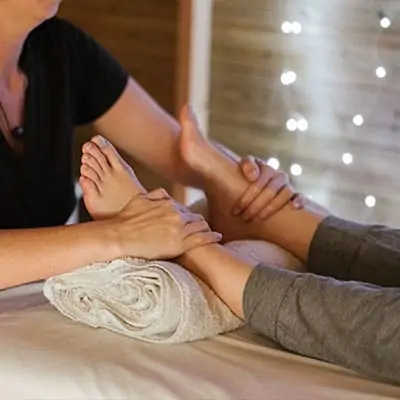Understanding Massage Therapy
Introduction to Massage Therapy
Massage therapy is a holistic approach that involves the manipulation of soft tissues in the body, including muscles, tendons, and ligaments. This practice dates back thousands of years and has been used in various cultures as a means of healing. Whether you are seeking relaxation, relief from tension, or support for specific health issues, massage therapy can be an effective option.
Massage therapy encompasses various techniques and types, each tailored to meet individual needs. For a detailed overview of these approaches, check out our article on types of massage therapy.
Benefits of Massage Therapy
The advantages of massage therapy extend beyond mere relaxation. Research indicates numerous benefits that can enhance both physical and mental well-being. Here are some key benefits:
| Benefit | Description |
|---|---|
| Reduces Muscle Tension | Helps alleviate tightness and discomfort in muscles. |
| Improves Circulation | Enhances blood flow, facilitating better oxygen and nutrient delivery to tissues. |
| Promotes Relaxation | Induces a state of calmness through the release of endorphins. |
| Decreases Anxiety | Effective in lowering levels of anxiety and stress, making it beneficial for mental health. |
| Provides Pain Relief | Assists in managing pain from conditions like massage therapy for back pain and massage therapy for fibromyalgia. |
Incorporating massage therapy into your wellness routine can significantly improve your quality of life. If you are particularly interested in its impact on anxiety, explore our article on massage therapy for anxiety.
By understanding the foundational elements of massage therapy, you can appreciate its holistic approach to achieving both relaxation and therapeutic benefits, paving the way for healthier living.
Massage Therapy for Anxiety
How Massage Therapy Helps with Anxiety
Massage therapy can be a powerful tool in managing anxiety. Through various techniques designed to promote relaxation and ease physical tension, massage can help you achieve a state of calm. Here are several ways massage therapy may aid in anxiety relief:
-
Reduces Muscle Tension: Physical tension often accompanies anxiety. Massage helps relax tight muscles, alleviating discomfort that may exacerbate anxious feelings.
-
Enhances Mood: Massage encourages the release of endorphins, chemicals in the brain that promote feelings of happiness and well-being. This can help improve your overall mood.
-
Balances Stress Hormones: Massage therapy may lower cortisol levels, the hormone linked to stress. By reducing these levels, you can experience a decrease in anxiety symptoms.
-
Improves Sleep Quality: Better sleep supports mental health. Regular massage sessions may enhance sleep patterns, helping you feel more rested and less anxious.
-
Promotes Mindfulness: During a massage, you can focus on your body and breath, fostering mindfulness and reducing racing thoughts typical of anxiety.
Scientific Evidence and Studies
Numerous studies provide support for the effectiveness of massage therapy for anxiety relief. The following table summarizes the findings from various research efforts.
| Study | Sample Size | Findings |
|---|---|---|
| Smith et al. (2013) | 50 participants | Found that massage therapy significantly reduced anxiety levels after five sessions. |
| Field et al. (2016) | 60 participants | Reported that regular massage therapy led to a 30% decrease in anxiety symptoms over eight weeks. |
| Naylor et al. (2018) | 40 participants | Demonstrated that massage therapy resulted in improved mood and reduced cortisol levels after four sessions. |
Incorporating massage into your anxiety management routine might involve various approaches. To learn more about the different types of massage available, explore our article on types of massage therapy. Understanding the proven benefits of massage for anxiety can guide your decision-making in seeking professional care, such as therapeutic massage therapy or other forms of treatment, including deep tissue massage therapy.
Types of Massages for Anxiety
When exploring the calming effects of massage therapy, understanding the different types available can help you select the best option for alleviating anxiety. Each massage technique offers unique benefits, targeting specific areas and providing various levels of relaxation.
Swedish Massage
Swedish massage is one of the most popular forms of massage therapy. It employs long, flowing strokes, kneading, and circular movements to enhance relaxation and relieve tension. This type of massage is designed to promote overall well-being, making it an ideal choice for reducing anxiety.
| Technique | Benefits |
|---|---|
| Long strokes | Enhances relaxation |
| Kneading | Relieves muscle tension |
| Circular movements | Increases circulation |
Swedish massage helps in the release of endorphins, which are natural mood lifters. It is also an excellent option for beginners, as it focuses on relaxation without intense pressure. For those looking to learn more about this technique, you can refer to swedish massage therapy.
Deep Tissue Massage
Deep tissue massage targets deeper layers of muscle and connective tissue. This technique uses slower strokes and more intense pressure to alleviate chronic tension and stress. If you often feel tightness or discomfort, deep tissue massage may effectively reduce your anxiety levels by relieving built-up tension.
| Technique | Benefits |
|---|---|
| Slow strokes | Accesses deeper muscle layers |
| Intense pressure | Relieves chronic tension |
| Focus on specific areas | Addresses problem spots |
By breaking up adhesions and knots in your muscles, deep tissue massage encourages relaxation and improved blood flow. For more information on this approach, check out our article on deep tissue massage therapy.
Aromatherapy Massage
Aromatherapy massage combines the benefits of massage therapy with essential oils. The use of these oils can enhance relaxation and promote emotional well-being. Each essential oil has its unique properties, allowing you to tailor your experience based on your preferences and needs.
| Essential Oil | Benefits |
|---|---|
| Lavender | Promotes relaxation and sleep |
| Peppermint | Energizes and refreshes the mind |
| Eucalyptus | Relieves tension and clears the mind |
During an aromatherapy session, you’ll enjoy soothing massage techniques as well as the calming aroma of the essential oils. This combination can significantly reduce anxiety and create a more profound sense of calm. If you are interested in learning more about this technique, visit our article on therapeutic massage therapy.
Choosing the right type of massage can enhance the positive effects of massage therapy for anxiety. Each option offers unique benefits, so consider your preferences and individual needs when selecting the most suitable method for you.
Finding the Right Massage Therapist
Selecting a qualified and comfortable massage therapist is essential to maximizing the benefits of massage therapy for anxiety. Here are the key aspects you should consider when choosing a professional.
Qualifications and Credentials
When searching for a massage therapist, you should prioritize those with appropriate qualifications. Look for therapists who have completed a state-licensed program, as this indicates that they have received formal education and training. A licensed massage therapist (LMT) has typically undergone extensive hands-on training and has passed a licensing exam.
Consider the following qualifications when evaluating potential therapists:
| Qualification Type | Description |
|---|---|
| State License | Confirmation that the therapist has met educational and training requirements. |
| Certification | Additional credentials from recognized organizations, demonstrating specialization or advanced training in specific techniques (e.g., deep tissue massage therapy). |
| Continued Education | Proof of ongoing training to stay updated on massage therapy techniques and trends. |
You can inquire about their qualifications during your initial communication. A qualified therapist will be happy to share their credentials.
Communication and Comfort Level
Communication is vital for a successful massage therapy experience. It’s important that you feel comfortable discussing your needs, preferences, and any concerns you have, particularly related to your anxiety. This communication will help the therapist tailor the session to your requirements.
Here are some aspects to consider regarding communication and comfort:
| Aspect | Importance |
|---|---|
| Initial Consultation | This allows you to discuss your anxiety, health history, and specific areas of tension, helping the therapist customize your treatment. |
| Comfort with the Therapist | Trust your instincts during the first interaction. You should feel at ease with the therapist’s approach and demeanor. |
| Feedback During Session | A good therapist will encourage you to provide input on pressure, comfort level, and any discomfort experienced during the massage. |
Additionally, you might want to consider looking into different styles of massage, such as Swedish massage therapy or deep tissue massage therapy, to find the best fit for your needs and comfort level.
By ensuring that your chosen therapist possesses the right qualifications and fosters open communication, you can enhance your massage therapy experience and gain more significant relief from anxiety.
Your Massage Therapy Session
What to Expect During the Session
When you arrive for your massage therapy session, you’ll typically begin with a brief consultation with your therapist. This is an opportunity for you to discuss your specific needs, preferences, and any areas of concern related to anxiety or discomfort. The therapist may ask about your medical history and any previous experiences with massage to tailor the session to your requirements.
Once the consultation is complete, you will be shown to a private room where you can undress to a level of comfort. Most people choose to undress fully or partially, using a sheet or towel provided by the therapist for modesty.
During the session, the therapist will employ various techniques based on the type of massage you choose (e.g., Swedish, deep tissue). You can expect the following elements during your session:
| Element | Description |
|---|---|
| Setting | Usually a calming, dimly lit room with soft music playing. |
| Techniques | May include kneading, long strokes, or pressure points depending on the type of massage. |
| Duration | Sessions typically last from 30 to 90 minutes. |
| Communication | Feel free to communicate your comfort level, preferred pressure, or any areas needing extra attention. |
Tips for Maximizing the Benefits
To get the most out of your massage therapy session, consider the following tips:
-
Arrive Early: Arriving at least 10-15 minutes prior allows you to relax and fill out any necessary paperwork without feeling rushed.
-
Stay Hydrated: Drink plenty of water before and after your session to help flush out toxins released during the massage.
-
Set Intentions: Take a moment to think about what you want to achieve from the session. Whether it is relaxation, muscle tension relief, or anxiety reduction, clarifying your goals can help your therapist focus on your needs.
-
Be Open and Communicative: Provide feedback during the session. If the pressure is too light or heavy, let your therapist know to adjust accordingly.
-
Post-Session Care: After your massage, give yourself time to rest. Avoid strenuous activities for the rest of the day and continue to hydrate.
-
Incorporate Regular Sessions: To fully experience the benefits of massage therapy for anxiety, consider making massage a regular part of your wellness routine.
By understanding what to expect and following these tips, you can enhance your experience and make the most of the therapeutic benefits that massage therapy offers. For more information on different types of massages, visit our article on types of massage therapy.
Incorporating Massage Therapy into Your Wellness Routine
Integrating massage therapy into your regular wellness routine can significantly enhance your overall well-being, especially when managing anxiety. Establishing a consistent practice can help you achieve better results.
Frequency of Massage Sessions
The frequency of massage sessions varies depending on individual needs and preferences. Recommended sessions can range from weekly to monthly, depending on the severity of your anxiety and your budget. Below is a table outlining suggested frequencies for different levels of anxiety:
| Level of Anxiety | Suggested Frequency |
|---|---|
| Mild Anxiety | Once every 2 weeks |
| Moderate Anxiety | Once a week |
| Severe Anxiety | Twice a week |
Regular sessions can lead to cumulative benefits, enhancing relaxation and promoting emotional balance. Remember that these are just guidelines and finding what works best for you is essential.
Combining Massage Therapy with Other Anxiety Management Techniques
To maximize the benefits of massage therapy for anxiety, consider blending it with other mental health strategies. A comprehensive approach can lead to more effective anxiety management. Here are some techniques you might combine with massage therapy:
| Technique | Description |
|---|---|
| Mindfulness Meditation | Focus on the present moment to reduce stress. |
| Breathing Exercises | Techniques to calm the nervous system. |
| Yoga or Stretching | Enhances flexibility and promotes relaxation. |
| Cognitive Behavioral Therapy (CBT) | Helps identify and change negative thought patterns. |
Incorporating these methods with massage can support your overall mental health. Additionally, explore various types of massage therapy that can contribute positively to your wellness routine. Proper self-care is essential in managing anxiety effectively.
